NASA APOD #764-770
#764 A Presidential Panorama of Mars July 22, 1997
“Scroll right to unfold the latest panorama of the surface of Mars. For best viewing, click and hold on the right arrow icon at the bottom of your browser window. This image, released yesterday and dubbed a "presidential panorama" by the Mars Pathfinder team, shows in colorful detail the surroundings of the Sagan Memorial Station. Now look closely at the big rock midway through the scrolling picture. That rock is called Yogi and just to its left is the robot Sojourner Rover taking measurements of it. Other now-famous rocks are also visible including Barnacle Bill and Flat Top. After this picture was taken Sojourner went on to analyze a rock named Scooby Doo. Intermittent communications problems continue to cause occasional delays in downloading data and images from Mars Pathfinder."
Copyright: Public domain
#765 A Hale-Bopp Triple Crown July 23, 1997
“It was truly a busy sky. In one of the more spectacular photos yet submitted to Astronomy Picture of the Day, Don Cooke of Lyme, New Hampshire caught the Sun, Moon, Earth, night sky, Pleiades star cluster, and Comet Hale-Bopp all in one frame. The first leg of this "triple crown" exposure was of the Sun, taken at 6:55 pm on April 10th 1997. Through a dark filter, the Sun appears as the bright dot on the lower right of the image. A second filtered exposure was then taken after the Sun had set, one hour and 40 minutes later - this time featuring the Moon. The Moon appears as a crescent superimposed on an odd-shaped dark circle protruding into the left of the image. This shadow is actually a silhouette of a driveway reflector mounted on an aluminum rod used to block out the bright moon - so as to allow a third exposure, this time unfiltered, of the background night sky. And what a beautiful sky it is. Highlights include Comet Hale-Bopp, on the right, and the Pleiades star cluster, near the center. But what, you may wonder, is that bright light near the center of the picture? Don't worry if you can't guess: it's a porch light from a house across the river!"
Copyright: D. Cooke
#766 Mars Pathfinder's Landing Site July 24, 1997
“Where is Mars Pathfinder? Follow the arrow in the above picture taken by the Viking Orbiter in 1976. From the surface Mars appears covered with rocks, but from orbit Mars appears covered with craters. However, several familiar features are visible in this photograph. To the left (west) of Sagan Memorial Station are the now-familiar twin peaks that dominate the horizon of many Pathfinder photographs. These hills are about one kilometer from the landing site, twice the planned range of Sojourner. Two craters loom nearby: a small one to the east not easily visible here, and a big one to the south of Pathfinder. The landing site is in the dry flood channel named Ares Vallis."
Copyright: Public domain
#767 Stellar Laboratories in the LMC July 25, 1997
“Tomorrow's picture: M81 in True Color"
Copyright: Public domain
#768 M81 in True Color July 26, 1997
“Here's is a spiral galaxy in true colors. Previously, M81 was shown in two colors only, but M81's real colors are just as dramatic. In the above picture, note how blue the spiral arms are - this indicates the presence of hot young stars and on-going star formation. Also note the yellow hue of the nucleus, indicating am ancient population of stars many billions of years old. M81 is actually a dominant member of a group of galaxies which includes M82 and several other galaxies. Unlike our Local Group of galaxies, large galaxies in the M81 group are actually colliding. It is possible that M81's interaction with M82 create the density waves which generate M81's spiral structure."
Copyright: Public domain
#769 A Very Large Array of Radio Telescopes July 27, 1997
“Pictured above is one of the world's premiere radio astronomical observatories: The Very Large Array (VLA). Each antenna dish is as big as a house (25 meters across) and mounted on railroad tracks. The VLA consists of 27 dishes - together capable of spanning the size of a city (35 kilometers). The VLA is the most sensitive radio telescope ever, and, through interferometry, can resolve a golf ball-sized radio source 150 kilometers away (0.04 arcsec). The VLA is continually making new discoveries, including determining the composition of galaxies, passing comets, quasars, HII regions, and clusters of galaxies. The VLA is also used to receive the weak radio signals broadcast from interplanetary spacecraft. The VLA is located in New Mexico, USA. A significant upgrade of VLA's capabilities is planned."
Copyright: S.
WinfreyU. MichiganNRAO
#770 Help Aldebaran Map the Moon July 28, 1997
“Turn on your camcorder, go outside, and become an astronomer. How?. Tomorrow morning, our Moon will pass directly in front of Aldebaran, the brightest star in this picture and in entire constellation of Taurus. Aldebaran is visible to the left and below Comet Hale-Bopp in the above photograph, which was taken on April 30th in Tenerife, Spain. This occultation is valuable because disappearance times from different locations can be used to map the height of the lunar terrain at the occultation points. You can help by clicking here, where a site will detail how to tape a familiar cable channel and then take your still-running camcorder outside to tape the occultation of Aldebaran by the Moon. You can then donate your VCR tape to science by mailing it to this address. Leave yourself plenty of time for a practice run and be sure to check the weather before going to a lot of trouble!"
Copyright: F. B. Catala
Upvote! Resteem! Comment! As you like it! Thank you for attention!

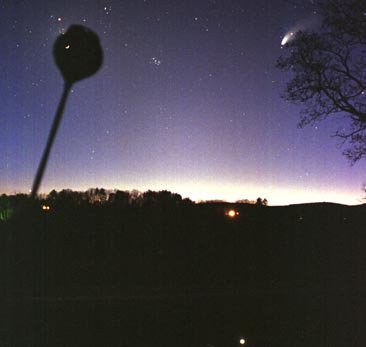
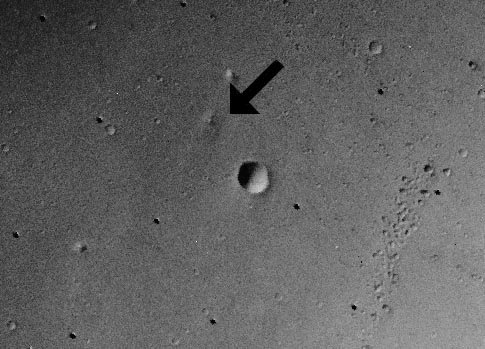
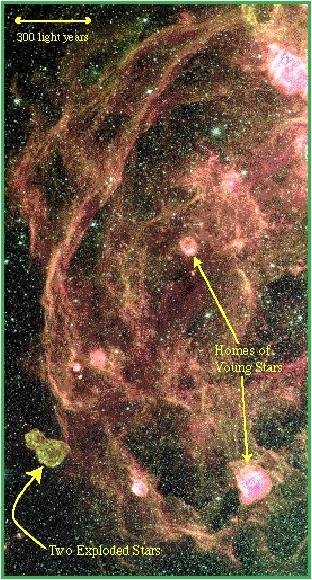
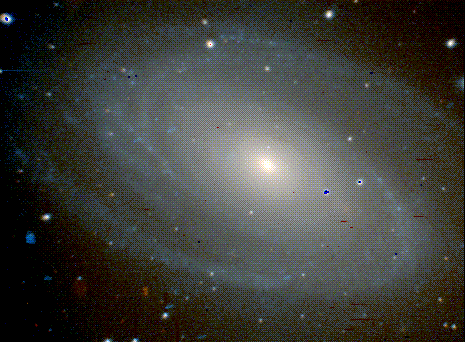

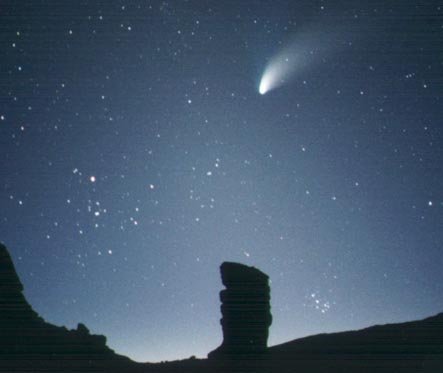
@originalworks
The @OriginalWorks bot has determined this post by @george-zagraid to be original material and upvoted(1.5%) it!
To call @OriginalWorks, simply reply to any post with @originalworks or !originalworks in your message!